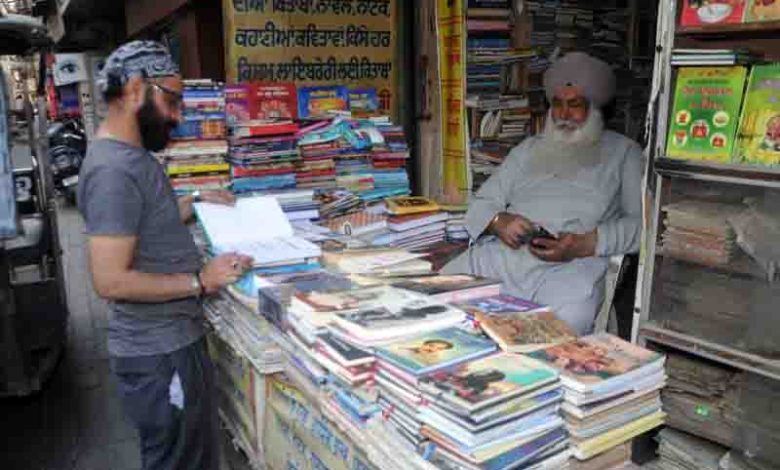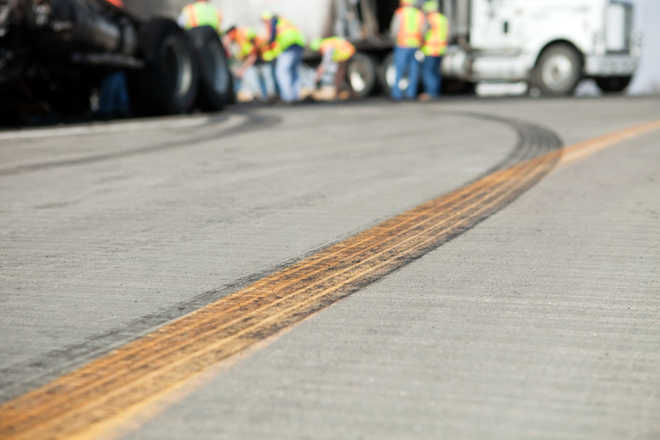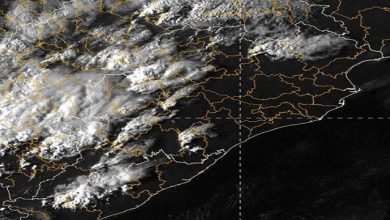Punjab: From literary hub to forgotten relic

Punjab: “Bazaar Mai Seven” in Amritsar, once a thriving hub of Punjabi (Gurmukhi) literature, has now faded into oblivion. At its peak, this historic bazaar was home to nearly 25 major publishers, making it the world’s largest hub for Gurumukhi books. However, today it has lost its grandeur, and the bazaar has shrunk considerably. A major turning point came in 1988 when the government demolished a significant portion of the bazaar to build a corridor around the Golden Temple. This displacement forced many booksellers and publishers to quit the business. The original stretch from Darshani Deori to Chowk Ghant Ghar, which once stretched over 200 feet, has shrunk considerably. Once synonymous with bookstores and printing presses, the bazaar now mainly consists of drafting material shops, hotels, and religious souvenir shops. Only a few booksellers remain, a faint reminder of what was once a literary hub. Many historical sites that once stood in the area, such as Udasi Akhara, Sangal Wala Akhara, Gianian Wala Bunga and Hathi Khanna, have changed or disappeared over time. “While building the corridor, they did not care about the heritage of the bazaar.
The book trade is still profitable, but the new generation of publishers is not taking to it. The demand for religious literature is still very high. Being in the heart of the Sikh world, we get customers from everywhere. But the government destroyed our bazaar,” said Narinderpal Singh, owner of Mehar Singh & Sons. The publishing industry of “Bazaar My Seven” has its roots in the rise of the Gurmukhi printing press. The first Punjabi press using the Gurmukhi script was set up in Ludhiana in 1835 by a Christian mission. Later, the famous Punjabi writer Bhai Vir Singh set up the Wazir Hind Press in Amritsar in 1899. By the early 20th century, Amritsar had become a centre for Gurmukhi and religious literature, attracting many publishers to the “Bazaar Mai Sevan”. Notable publishing houses included Buta Singh-Pratap Singh, Chattar Singh-Jivan Singh, Singh Brothers, Khalsa Brothers, Mehar Singh & Sons, Jawahar Singh-Kripal Singh, Amir Bhandar, Kasturi Lal & Sons, Munshi Chirag Din, Bhai Faqir Singh & Sons, and Ladha Singh-Kartar Singh.
One of the most famous literary figures associated with this bazaar was the qissakaar (storyteller) Kishan Singh Arif (1836–1904). His father, Narain Singh, was a bookseller in the same bazaar. Arif wrote many famous works, including Qissa Shirin Farhad, Puran Bhagat, Raja Bharthari, Raja Rasalu, Dulla Bhatti, and Kaliawali Heer. The origin of “Bazaar Mai Sevan” dates back to the times of Maharaja Ranjit Singh (1780-1839). It is believed that the Maharaja dedicated this bazaar to Mai Sevan, the wife of military commander Fateh Singh Kaliawala. She was highly respected for her service at the Darbar Sahib and was greatly revered by the local community. However, another legend states that Mai Sevan was a devotee of the third Sikh Guru, Guru Amar Das. According to this version, she always wished to be remembered and Guru Amar Das fulfilled her wish. Later, when Guru Arjan Dev developed the town and allotted land to settlers, the bazaar leading to Guru Ka Mahal (the Guru’s residence) was named after her. Gurshagar Singh, owner of Singh Brothers, said, “Once a symbol of Punjabi literary culture, “Bazaar Mai Sevan” is now a mere shadow of itself. The sound of the printing press and the presence of literary giants have disappeared, leaving only scattered remnants of its glorious past.”





